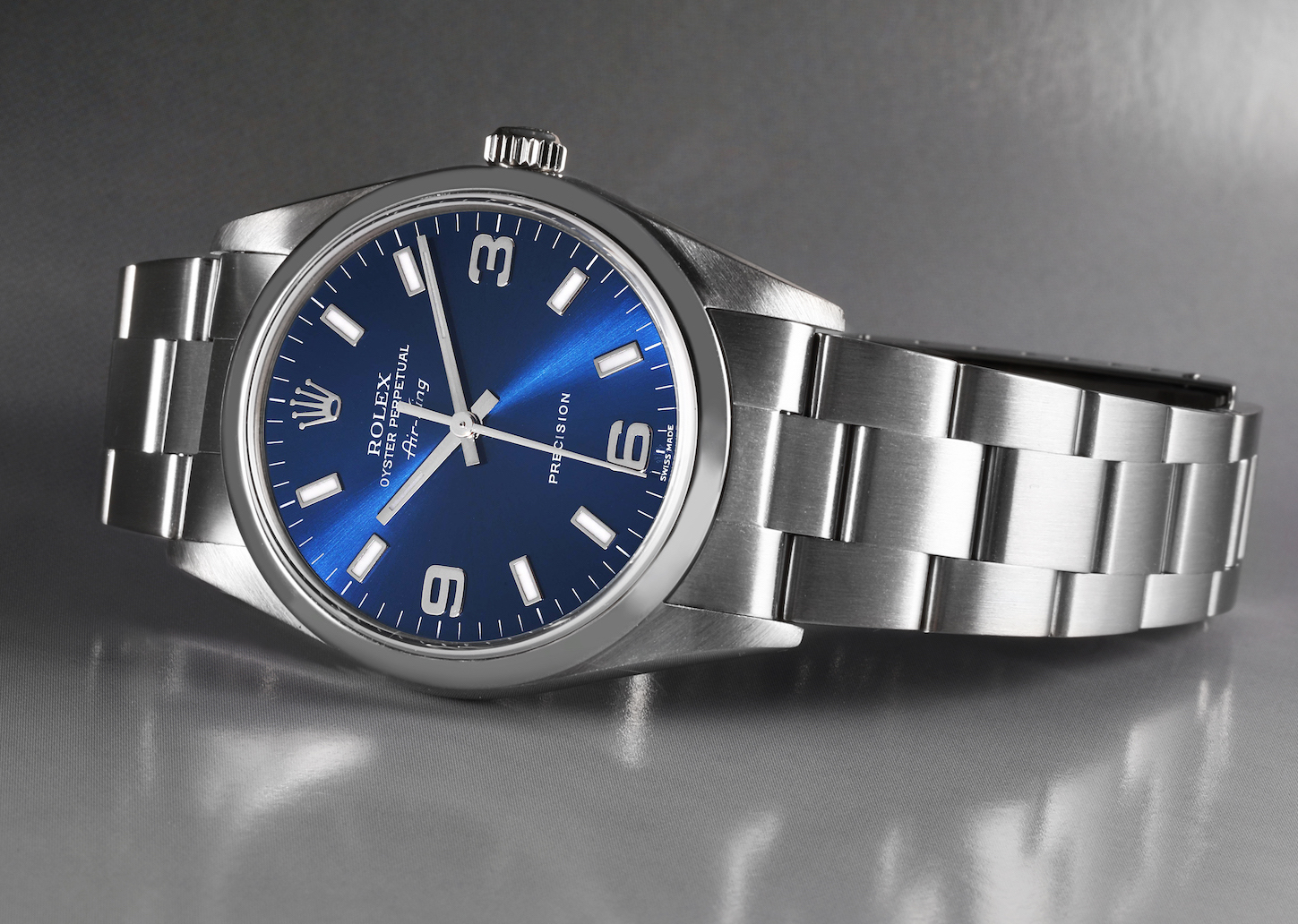When it comes to buying a Rolex watch, one is usually presented with two options: to buy the watch new from an authorized dealer or to buy it pre-owned from a trusted retailer.
In the recent decade, the pre-owned watch market has flourished and grown steadily. Not only is it common for watch collectors to buy secondhand, more and more watch enthusiasts are also learning about its benefits — from the significant cost savings to the increased availability and vast variety of watches.
If you’re in the market for a pre-owned Rolex, there are a number of things to consider for a successful buying process. With that, here are 5 questions to ask when buying your Rolex pre-owned.
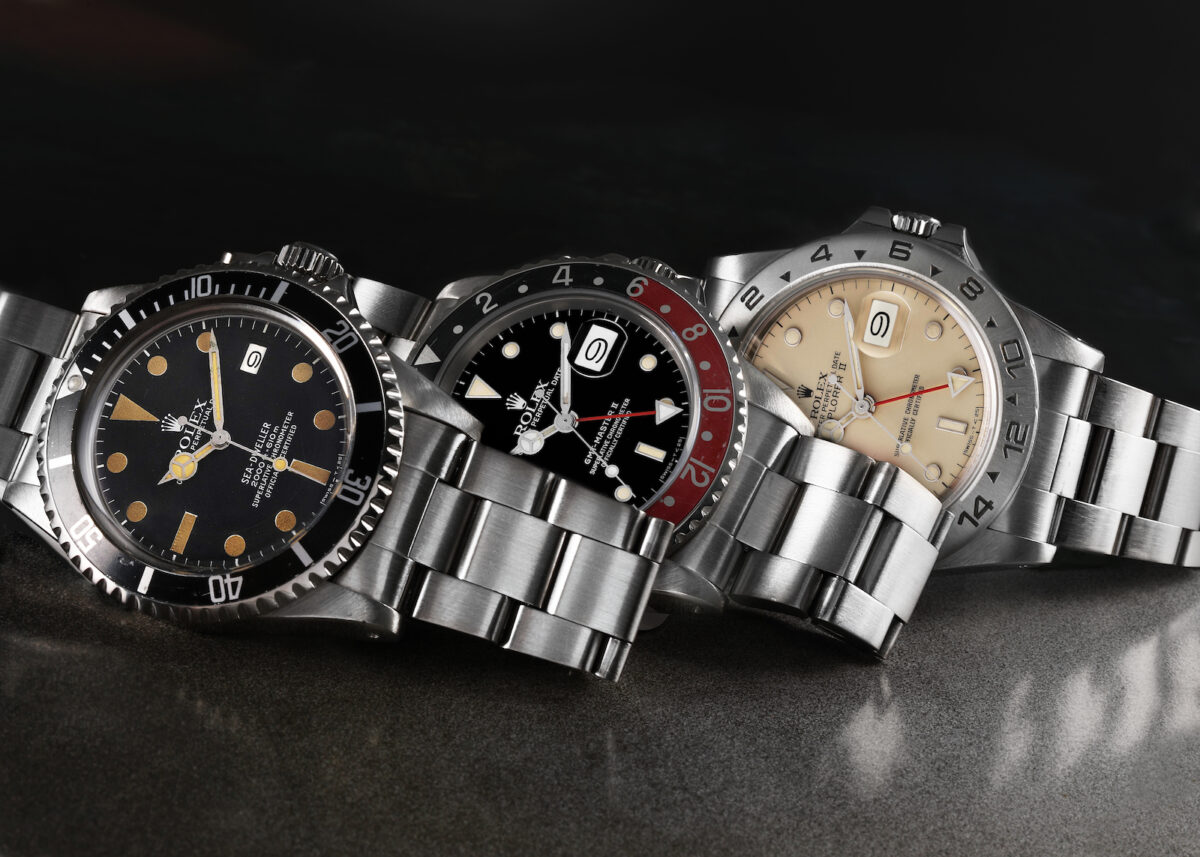
1. What are some of the most popular Pre-Owned Rolex Models?
Nothing will make your search easier than narrowing down the hunt to one, or a few Rolex watches. There is a vast market for pre-owned Rolex watches, and deciding on a model or two will allow you to do a deep-dive on the features and market value of the watch. Doing your homework, and knowing your desired model inside and out, is crucial in ensuring you get both a good deal and a genuine timepiece.
So where does one start? The most practical way to begin is by setting a budget, which will help you define which Rolex models you can choose from. If budget is less of a consideration, then factors like lifestyle, design, movement, and size come into play. For a more comprehensive guide on choosing your next watch, here’s How to Choose a Watch.
<>
2. Where should I buy a Pre-Owned Rolex?
You would want to buy from a trustworthy and reputable Rolex retailer, instead of buying from a private dealer. Doing so will not only ease concerns when it comes to authenticity, it also helps ensure that you will be given proper assistance when shopping.
One of the best ways to determine a retailer’s reputation is to check for their online presence. A reputable dealer would have a good working website, substantial positive customer reviews and affiliations with respected watchmaking organizations.
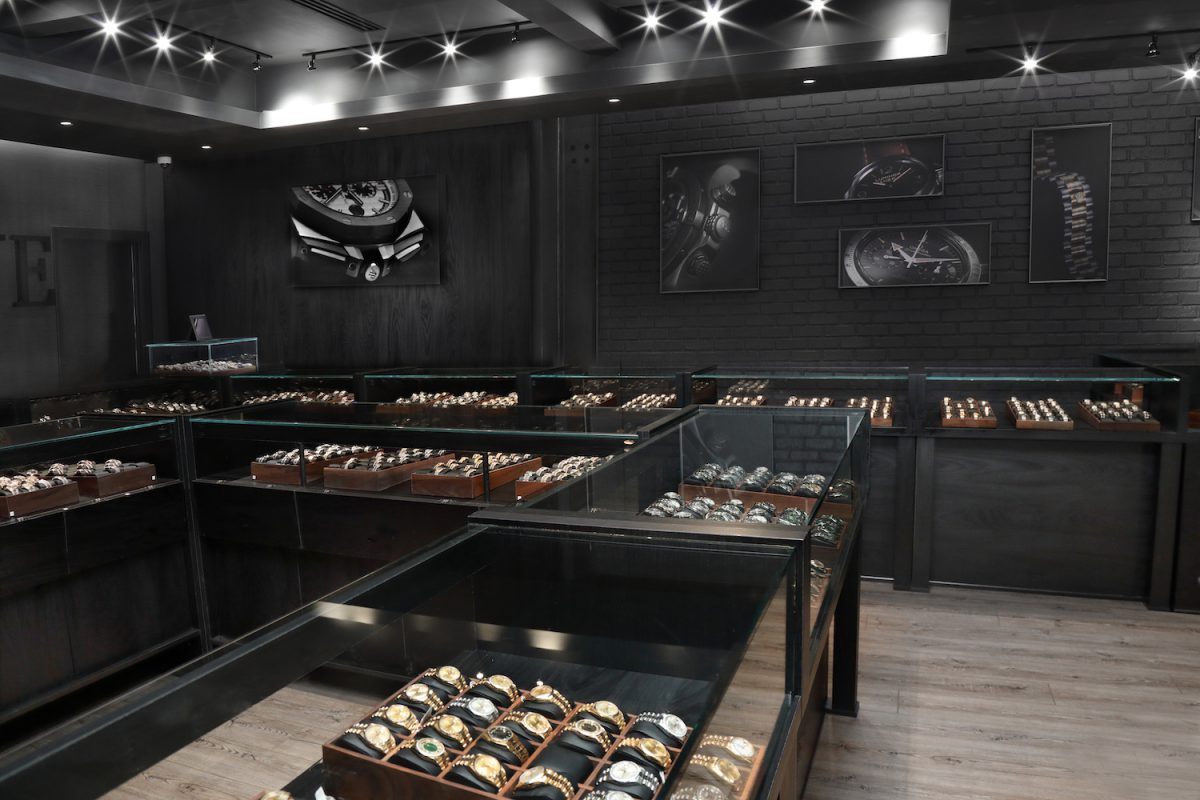
The next factor to consider is whether you want to browse for watches and do the purchase online or if you want to go and see the watches in person. Retailers like SwissWatchExpo offer both environments for their customers: a showroom where they can inspect and fit the watch while being assisted by an expert and a website that simulates an in-person buying experience.
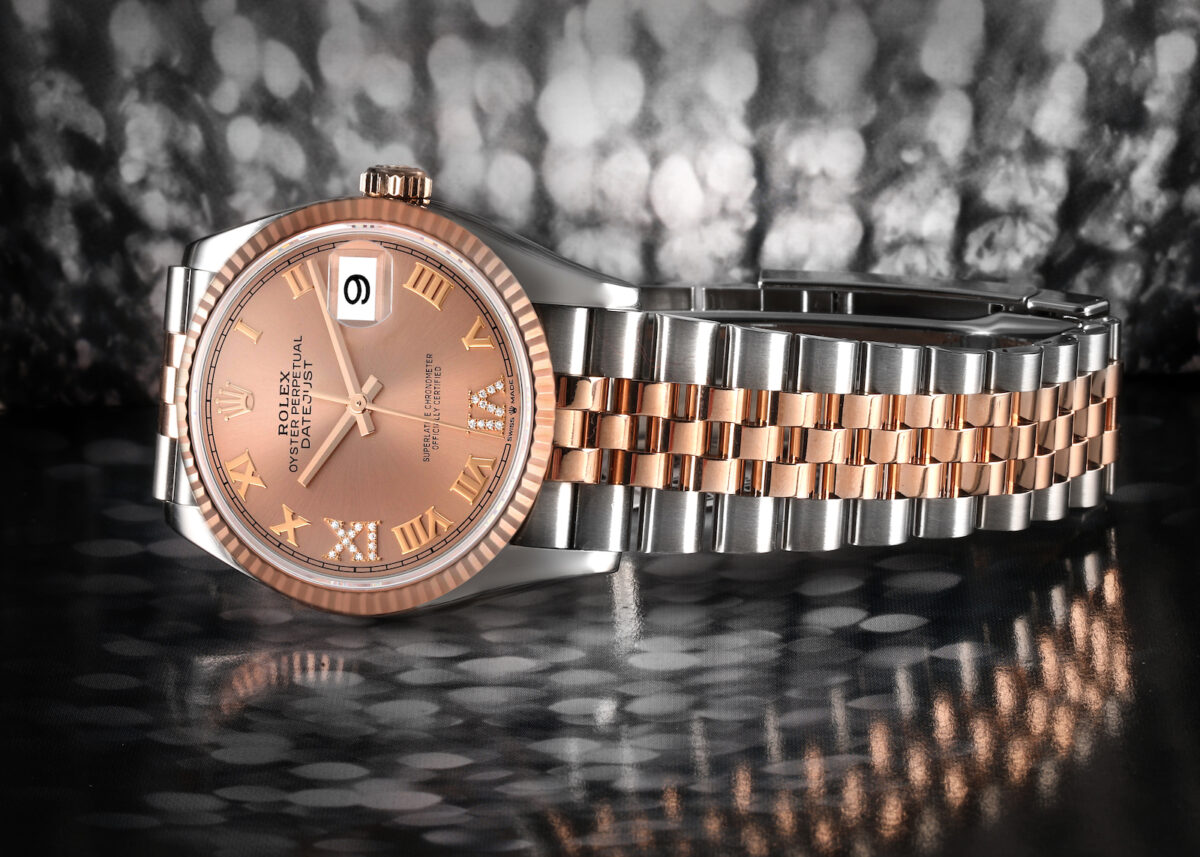
If you choose to buy online, it is a must for the retailer to provide images and details of the actual watch for sale and not factory images.
Lastly, a reputable dealer would also have securities in place to prove that they stand behind the watches that they sell and that they care for their clients’ peace of mind. Thoroughly review the retailer’s return and refund policy, warranty, and terms and conditions to ensure that you can return the watch should it not be up to your standards.
<>
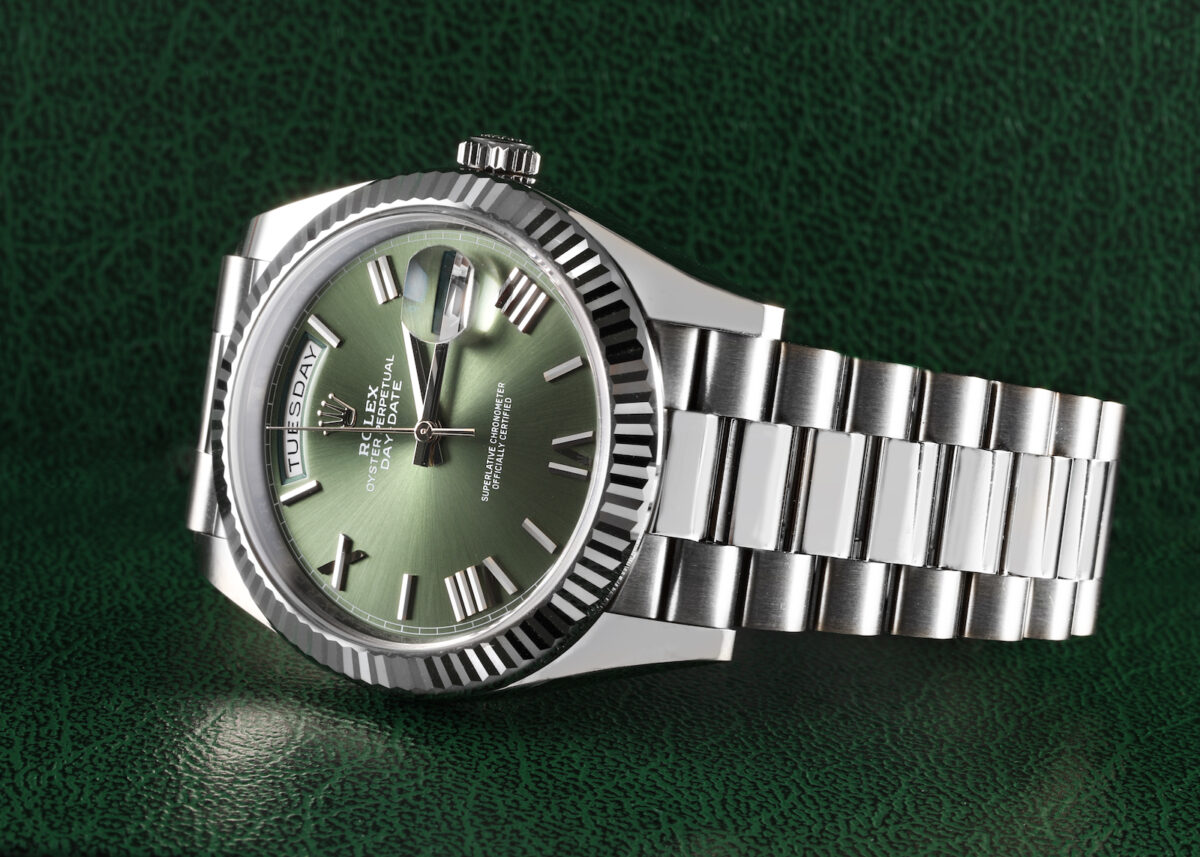
3. Are pre-Owned Rolexes authentic?
The great demand for Rolex watches also attracts a booming counterfeit market, and and unfortunately, the fakes are becoming more sophisticated.
Choosing an established and trusted retailer is one safeguard against buying fakes, but it also shouldn’t stop there. Trustworthy dealers, like SwissWatchExpo, provide a guarantee of authenticity with every sale. They are also open to having the watch checked by an authorized dealer for authentication after the sale.
While buying from a trusted dealer eliminates the risk of buying a fake, it’s still useful to arm yourself with enough information about your chosen watch. Knowing the intricacies of your chosen watch will help you immediately spot an obvious fake. Here are some essential tricks on How to Spot a Fake Rolex.
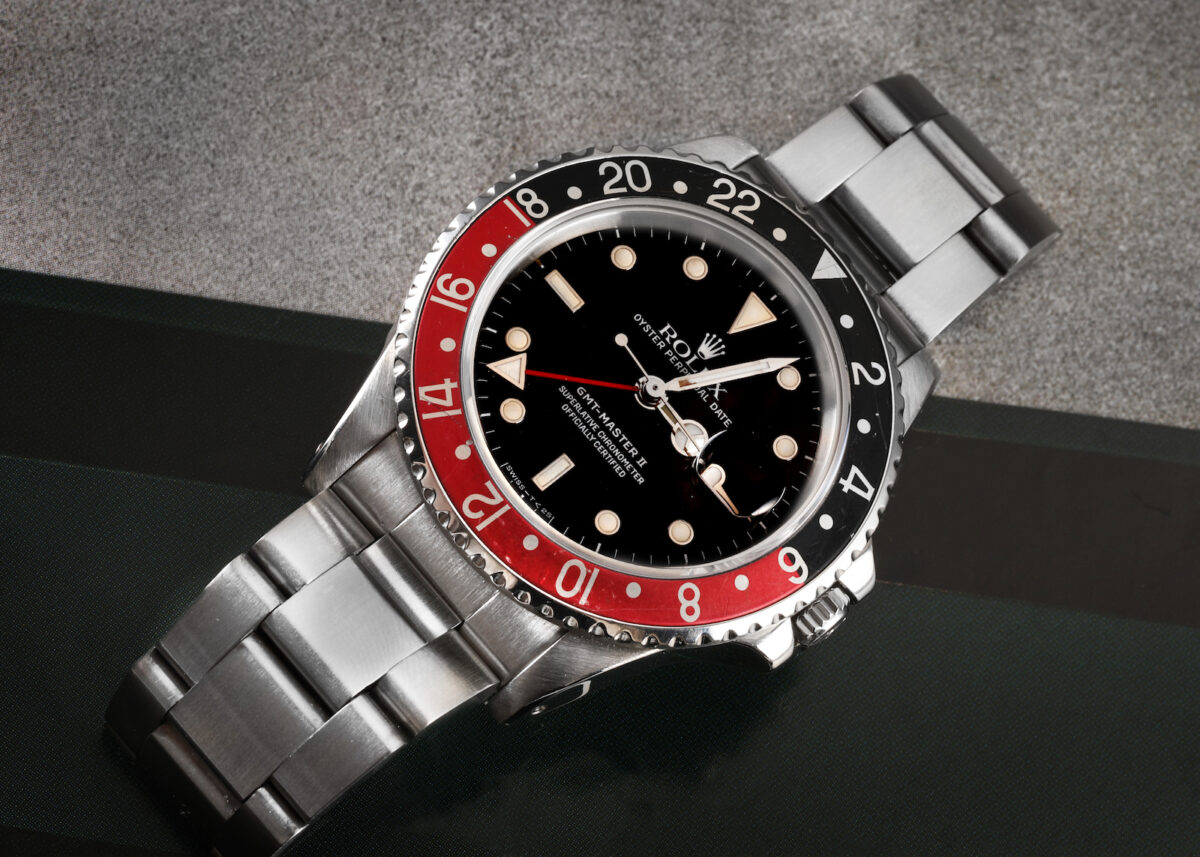
4. What is the condition of the Rolex?
Even when you have decided on a particular Rolex model, there can still be a vast variation in the condition of the timepiece. Here are some factors to consider when choosing a specific stock:
Scratches, dings, blemishes, and fading – You would want to see all the details of the watch and observe for signs of wear.
Bracelet stretch – Ask if the bracelet has been replaced at some point. The ideal scenario is for the watch to have the original bracelet, but without much stretch.
Box and papers – It is ideal to get a full set with box and papers if you’re getting a newer model, but this is obviously a challenge for vintage pieces. If your chosen stock does come with these, check that they match the specific model you are buying.
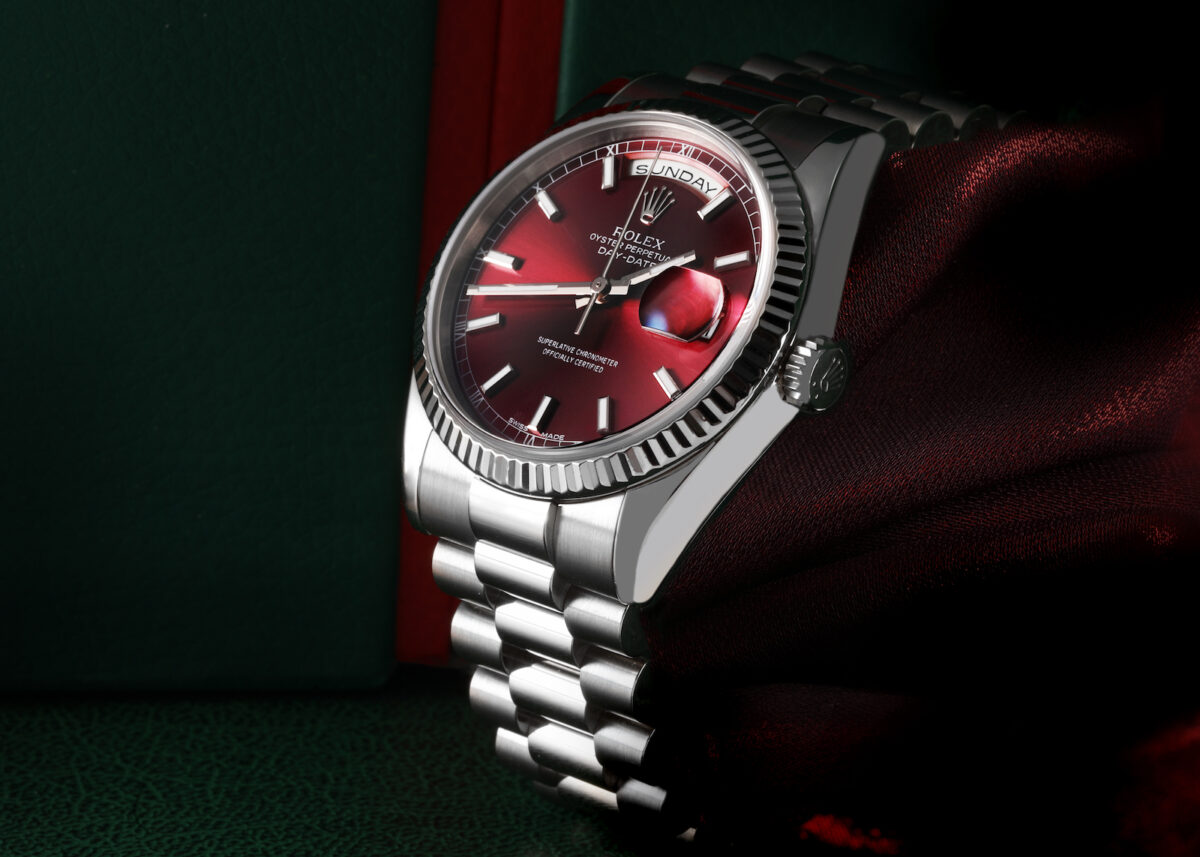
Restoration – Improvement on pre-owned watches are standard in the industry, and the older the watch is, the less likely it is that it will be untouched. It is crucial for restorations to use 100% genuine Rolex parts, and for vintage watches in particular, time-correct parts. Any custom work (such as gem-setting or PVD) or the use of non-genuine Rolex materials will harm the value of the watch.
Service history – It’s also important to know if the watch has been serviced recently. A full service means that the watch was opened, cleaned and some parts of it were fixed or repaired if there is damage — preventive maintenance that is recommended every 3 to 5 years. If the watch has not been serviced, calculate the cost of paying for this service yourself in addition to the watch’s price, and then decide whether it is still worth going forward.
5. Can I trust this watch seller’s payment and shipping?
Finally, consider the buying and shipping conditions. This, in fact, applies not only to Rolex watches but to any watch. Now that you’ve found your next watch, the last stretch is in making sure it arrives to you safely! Look out for the following:
Secure payment methods – Trusted retailers will have a secure website and would provide multiple payment options at the convenience of their customer. These include credit cards, phone orders, PayPal, and bank wire transfer.
Insured shipping – This ensures that you are protected and will be reimbursed should your watch get lost, stolen or damaged while in transit.
<>
Practical Tips for Buying a Pre-Owned Rolex Watch
While buying a pre-owned Rolex watch can often mean enjoying significant savings, this decision still represents a substantial investment. It’s crucial to approach it with the utmost care and knowledge. Here are some practical tips.
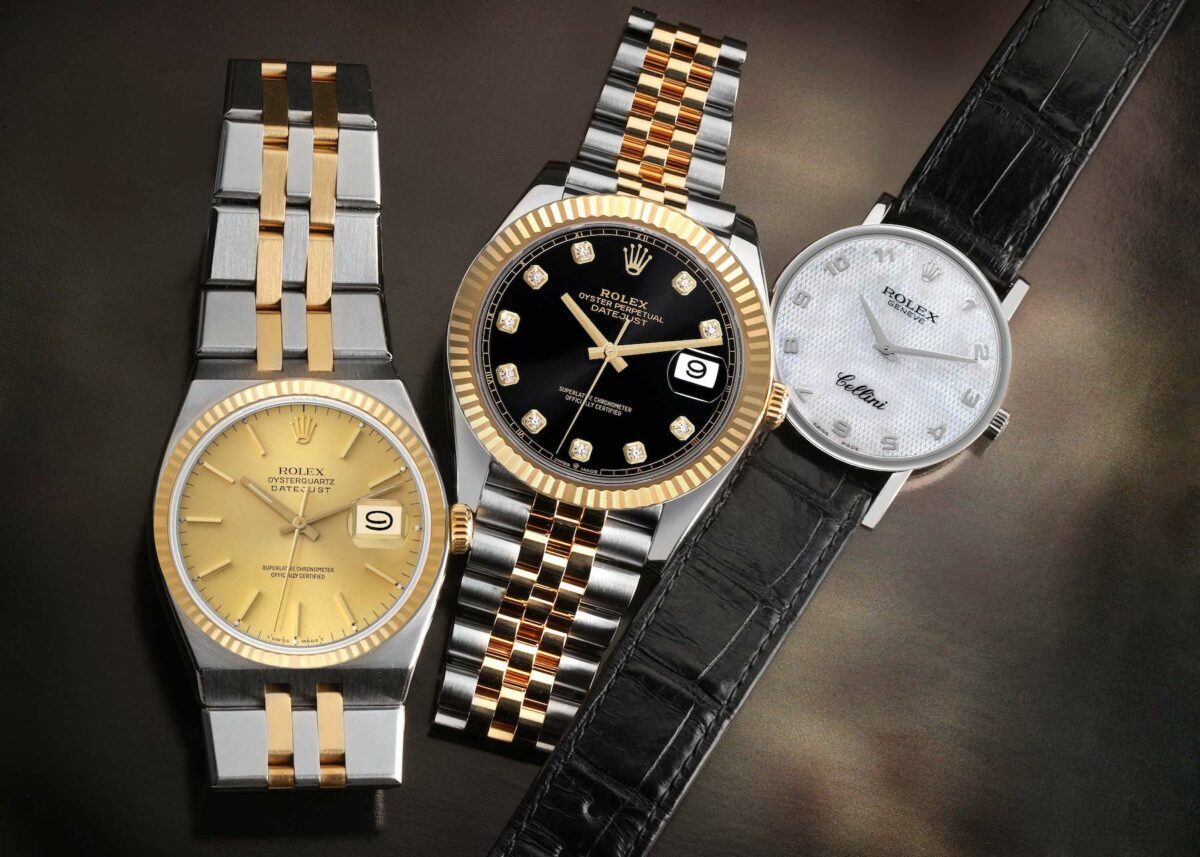
1. Set a budget
Before you embark on your journey to acquire a pre-owned Rolex watch, it’s crucial to establish a budget. Rolex offers a wide range of watches with varying price points, so having a budget in mind will help you narrow down your options. Whether you’re looking for an entry-level Rolex or a more exclusive model, knowing your budget will guide your search.
2. Know which type of pre-owned Rolex you are looking for
Rolex boasts an extensive collection of watches, each with its unique features and characteristics. To make an informed purchase, consider the specific type of Rolex watch you desire.
What type of watch would you like to purchase at this point – a dress watch, a sports watch, or one that could serve both purposes? Are you interested in a classic Rolex Submariner, an elegant Rolex Datejust, or perhaps an iconic Rolex Daytona? Understanding your preferences will streamline your search.
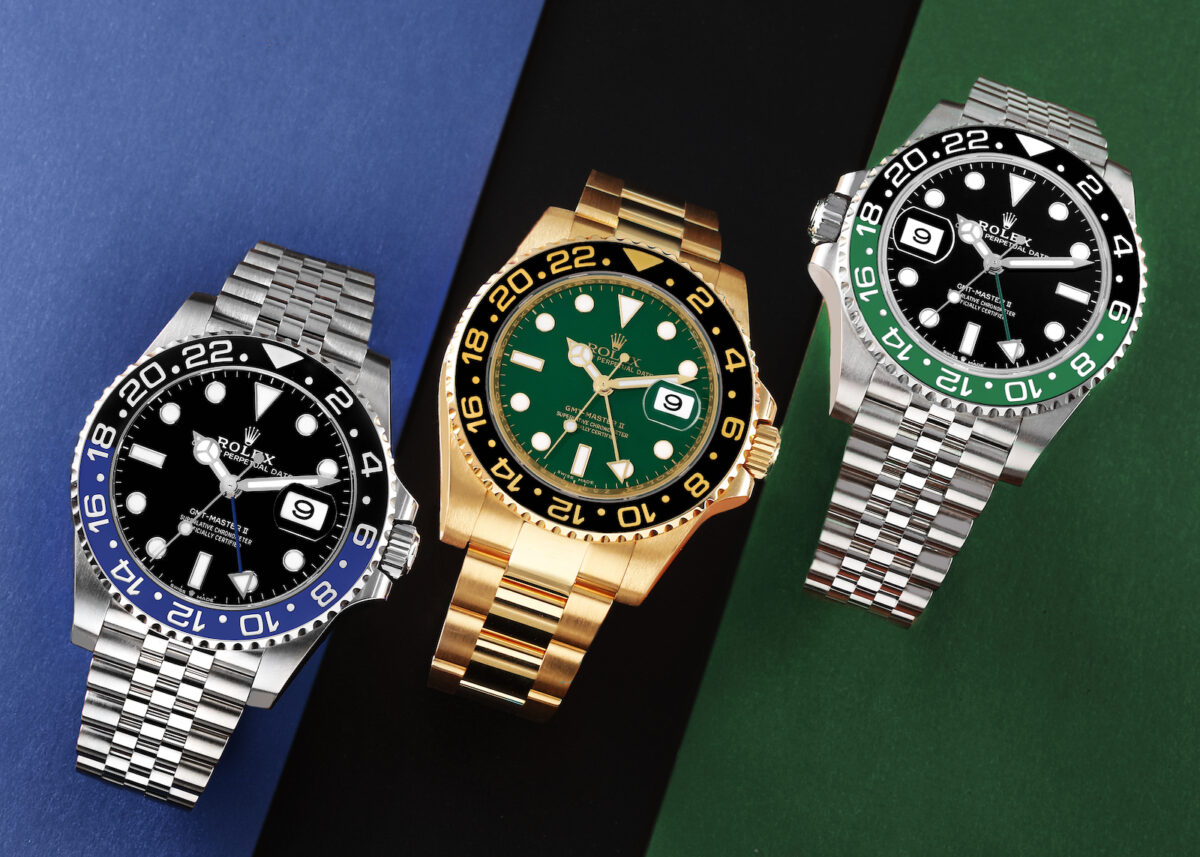
3. Carefully research specific models and understand their value factors
Once you’ve identified the type of Rolex watch you want, it’s time to delve deeper into the details. Conduct thorough research on the specific models within your chosen category, and understand the factors that influence their value, such as:
Specific model and reference: A watch’s model and reference number significantly influence the market value of a Rolex watch. Certain references, such as those from the Submariner or Daytona range, are in high demand and can command higher prices. A Rolex’s reference number also indicates specific features and materials used, which also help determine its value. For example, models crafted from gold or platinum, or those that have rare features, are typicall priced higher. Therefore, its essential to accurately identify your watch’s correct model and reference number.
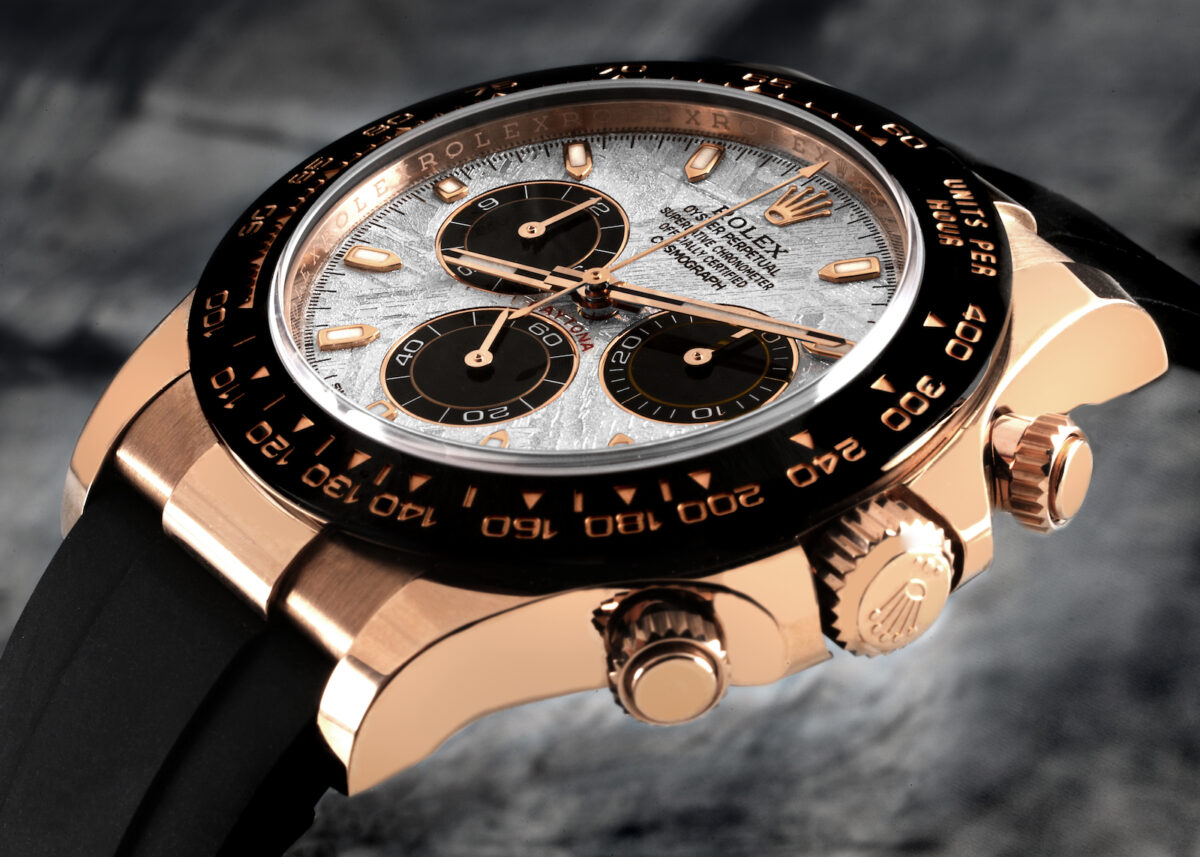
Rare Features: Some Rolex models have unique and rare features, like exotic dials, gemstone accents, or historical and pop culture significance. These attributes can significantly affect a watch’s desirability and value.
Limited Editions: Rolex occasionally releases limited-edition models with restricted production numbers. These watches tend to appreciate in value over time, making them sought after by collectors.
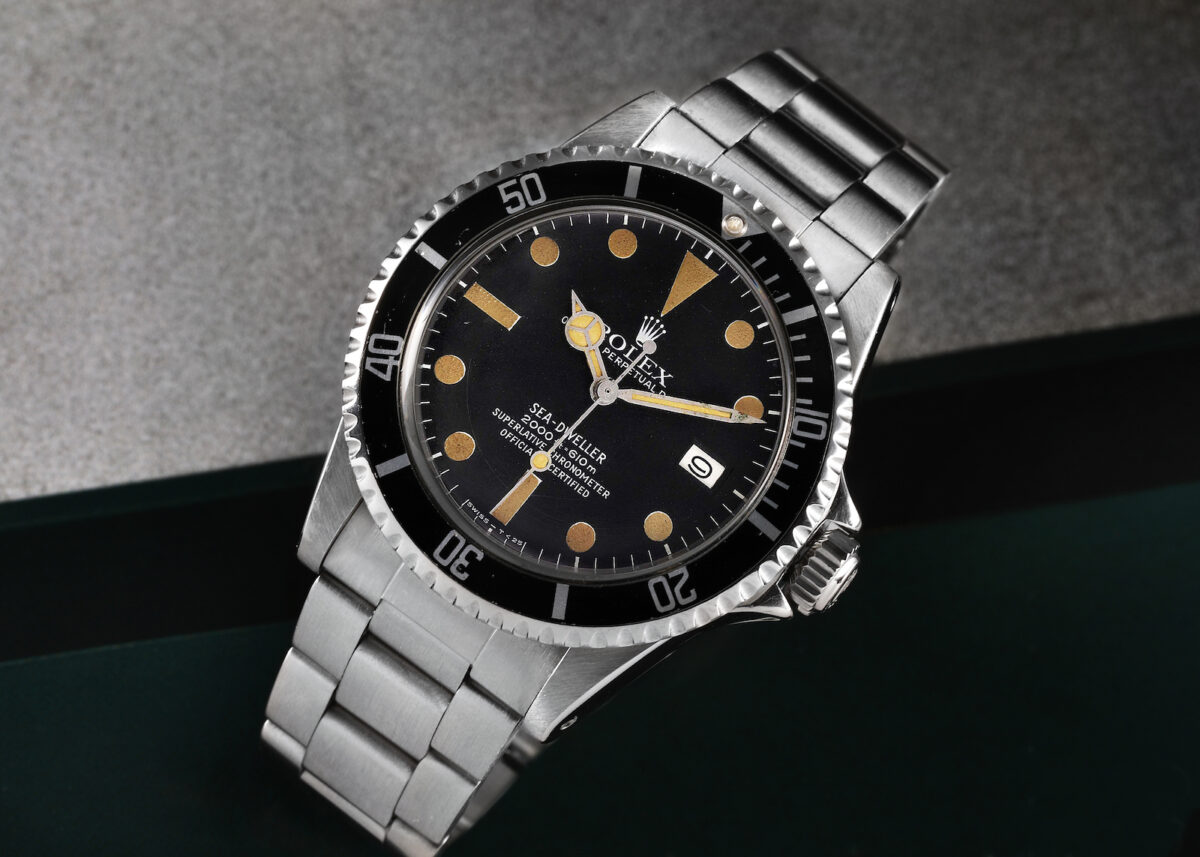
Age and Vintage Appeal: The value of a Rolex watch can also depend on its age and rarity. Vintage Rolexes, particularly those with historical or pop culture significance, or limited production, can command higher prices. The scarcity of certain models, stemming from limited production or distinctive characteristics, also contributes to their value. However, a watch’s age alone does not guarantee increased value; the condition of the watch and the demand for that particular model or reference number are equally crucial. Rolex watches that are closest to their original condition, and with all of their original and period-correct parts, will always fetch higher prices than watches that have replacement parts from another era.
Complete Set: Rolex watches that come with their original box, papers, and accessories, which collectors find particularly important, can fetch higher prices. They also help verify a watch’s source and ownership history. That said, while box and papers can help confirm the provenace and previous ownership of the watch, they are not proof that the watch is authentic. Box and papers are not legal documents and are not required when re-selling a watch or transferring its ownership.
Understanding these factors will empower you to assess the fair market value of the specific Rolex model you are interested in, ensuring that you get the best possible deal for your watch.
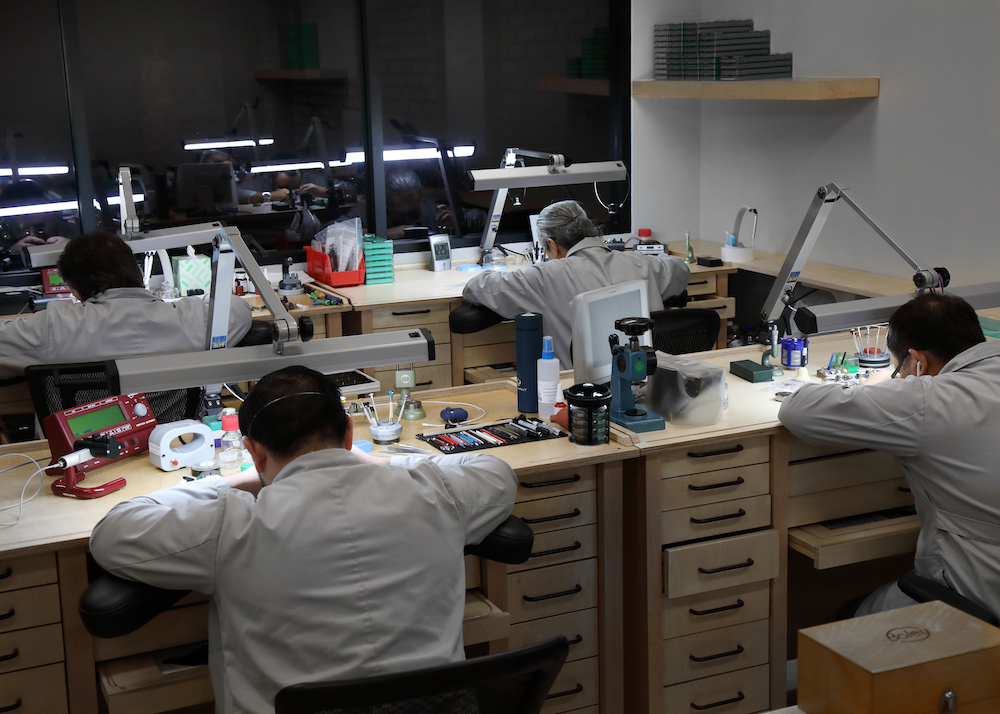
4. Find a trustworthy and reputable Rolex seller
When buying a pre-owned Rolex, it’s paramount to choose a seller you can trust. Buying from a reputable dealer will not only help guarantee that your watch is authentic, it also helps ensure that you will be provided proper assistance during and even after the sale.
Look for the following qualities in a Rolex seller:
Online Presence: A reputable seller should have an established online presence, such as a website or listings on reputable watch marketplaces.
Positive Reviews: Check their Google, Yelp and Facebook reviews to gauge the reputation of the seller. Positive reviews from satisfied customers, on impartial platforms, are a good indicator of trustworthiness.
Authenticity Guarantees: Ensure that the seller can provide authenticity guarantees and certificates of authenticity for the Rolex watch you plan to purchase.
Warranty: Inquire about any warranties or guarantees offered by the seller. A warranty can provide peace of mind in case of unforeseen issues with your watch.
Secure Payment and Delivery: Choose a seller that offers secure payment options and provides safe and insured delivery of your Rolex watch.
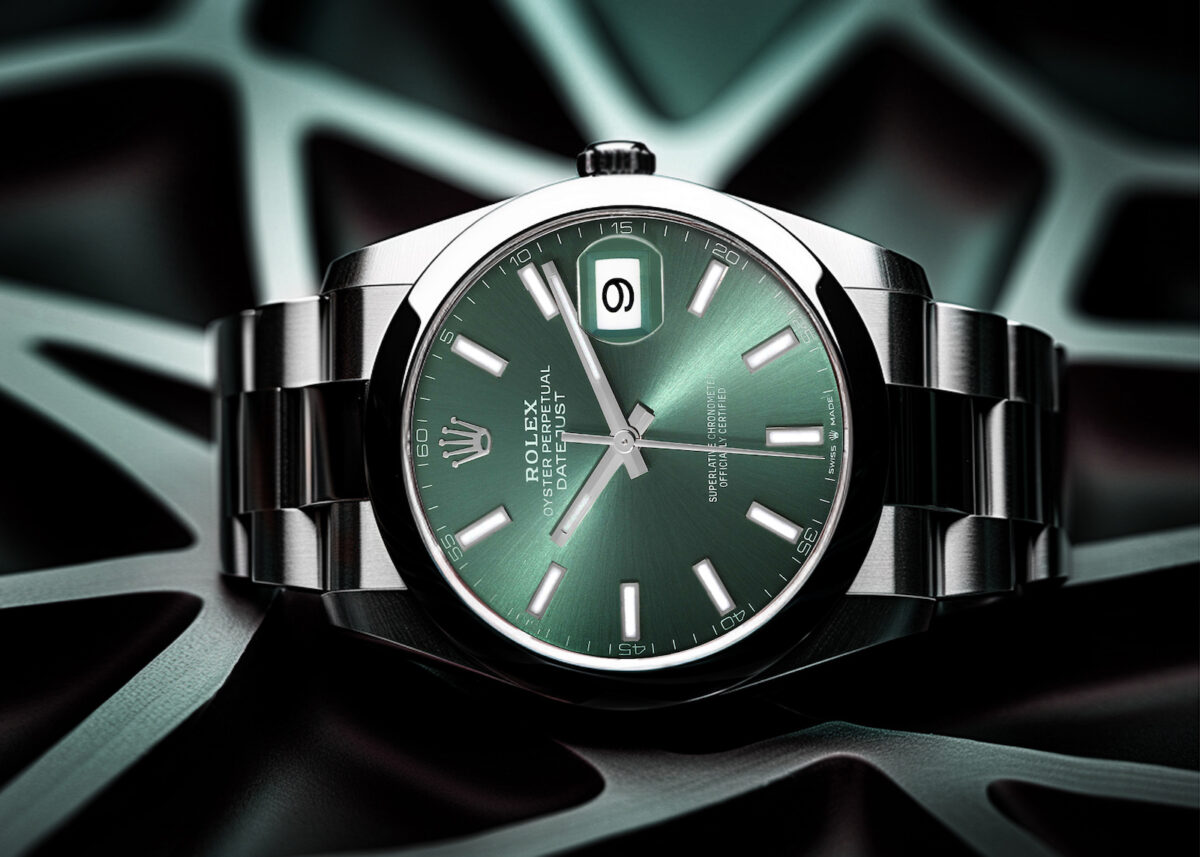
5. Ask for actual photos of the watch on sale
To make an informed decision, always ask for actual pictures of the pre-owned Rolex watch you intend to purchase. Some retailers may use stock photos, which may not accurately represent the condition of the actual watch. A reputable will use only actual photos of the watch for sale, so that their buyers can thoroughly vet the item. Carefully examine the pictures for any scratches, dents, or signs of wear.
At SwissWatchExpo, we put utmost important in transparency. We use only actual photos of the watch for sale, and provide as much detail as possible in our, so customers can make an informed decision.
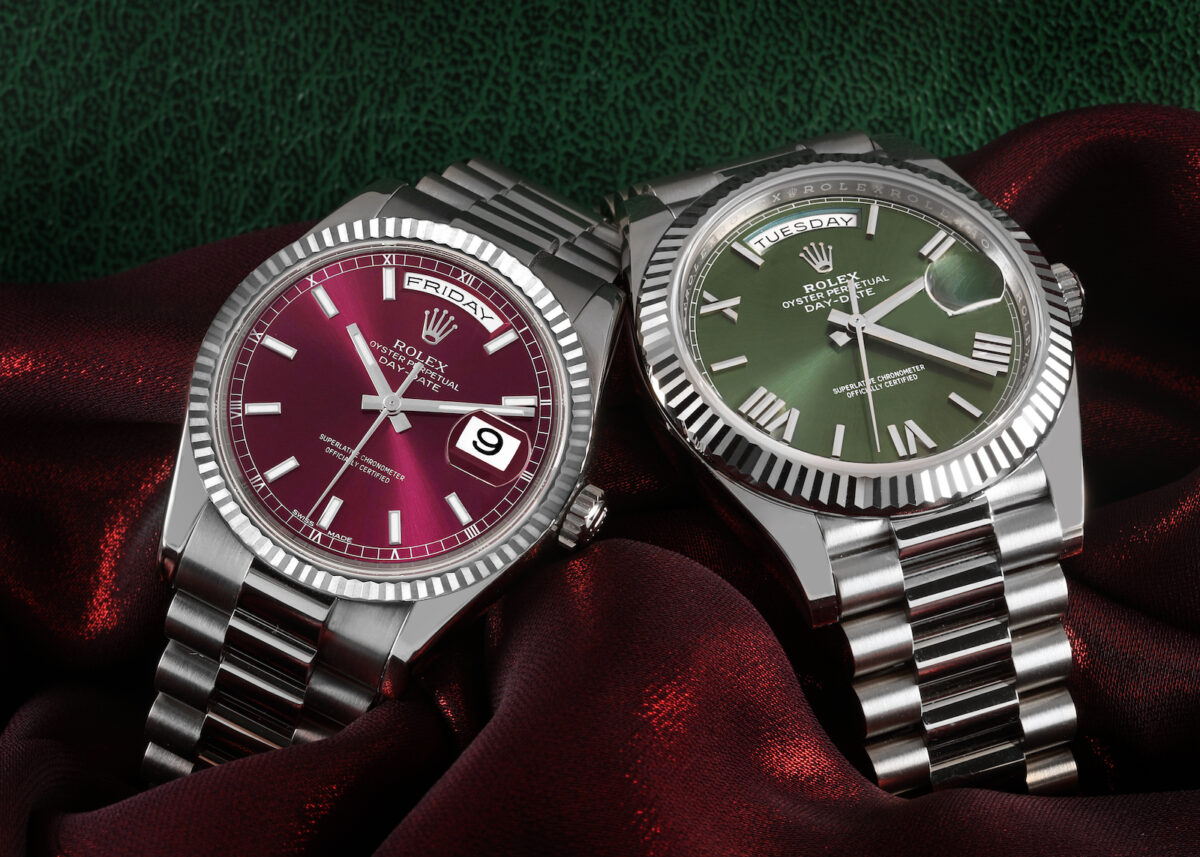
6. Get the best deal
When evaluating deals on pre-owned Rolex watches, consider the following factors:
Service History: Inquire about the watch’s service history to ensure that it has been properly maintained and serviced. Having to service the watch after your purchase can add to its overall cost. A watch that is serviced before being put up for sale is a great value add, as it ensures that it is ready to wear and enjoy problem-free for years.
Shipping Costs: Factor in shipping costs when evaluating the overall price of the watch. More importantly, go for a retailer that provides insured shipping. This will ensure that you are protected from loss and will be reimbursed should your watch become lost, stolen, and/or damaged during transit.
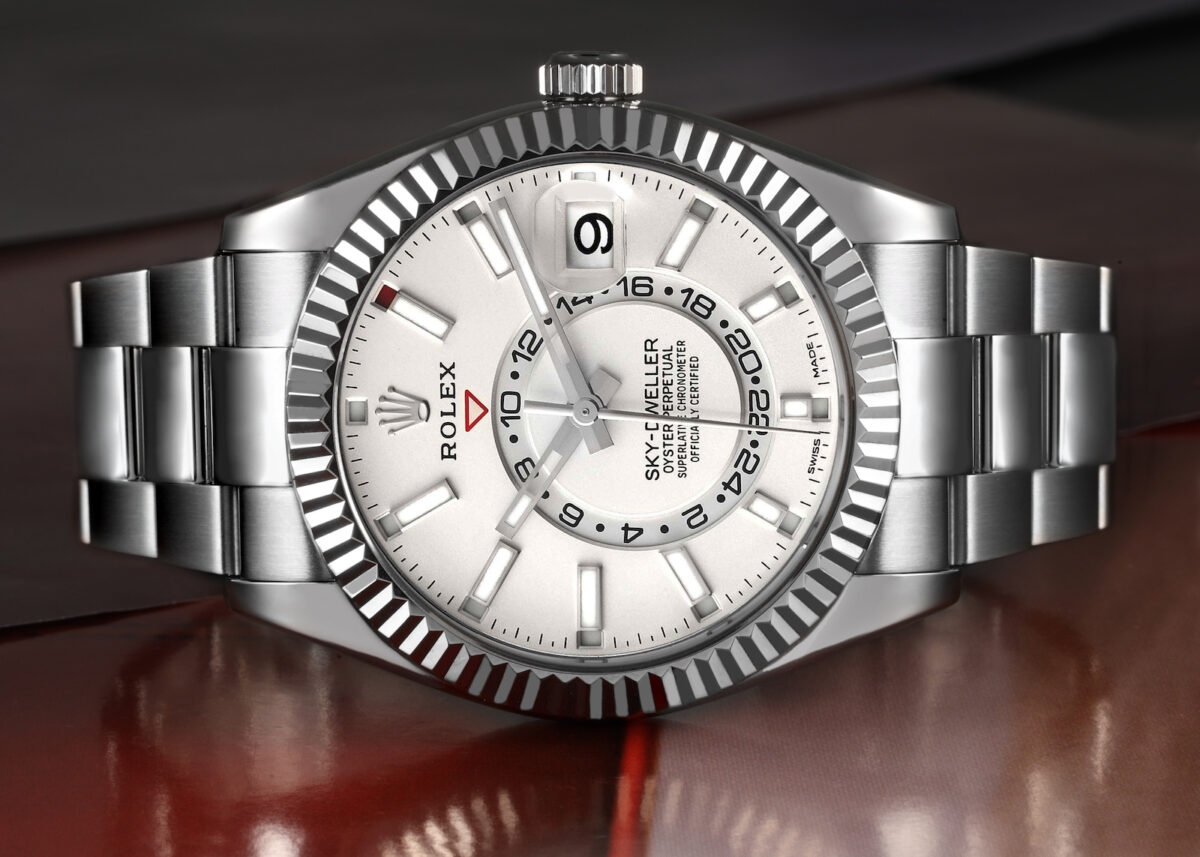
Return Policy: In case you’re not completely satisfied with your purchase, inquire about the retailer’s return, refund, and exchange policy. Knowing your options for returns or exchanges can provide peace of mind and will ensure that you get to follow the retailers requirements should you need to return the timepiece.
Warranty: A warranty can protect your investment, provide coverage for any unexpected issues, and give you peace of mind that the watch will be repaired or replaced should a manufacturing defect occur during a specific period after the purchase. A warranty usually covers parts and repairs that may be needed if this happens.
At SwissWatchExpo, each of our watches are backed by an authenticity guarantee and leading 18-month limited warranty assuring you of a totally risk-free and worry-free purchase.
<>
<>
By considering these practical tips and conducting thorough research, you can navigate the process of buying a pre-owned Rolex watch with confidence.
A genuine Rolex timepiece is not only a statement of luxury but also a legacy of precision craftsmanship, making it a valuable addition to any watch collection. Explore our collection of pre-owned Rolex watches for men and women, at SwissWatchExpo.com.
<>

